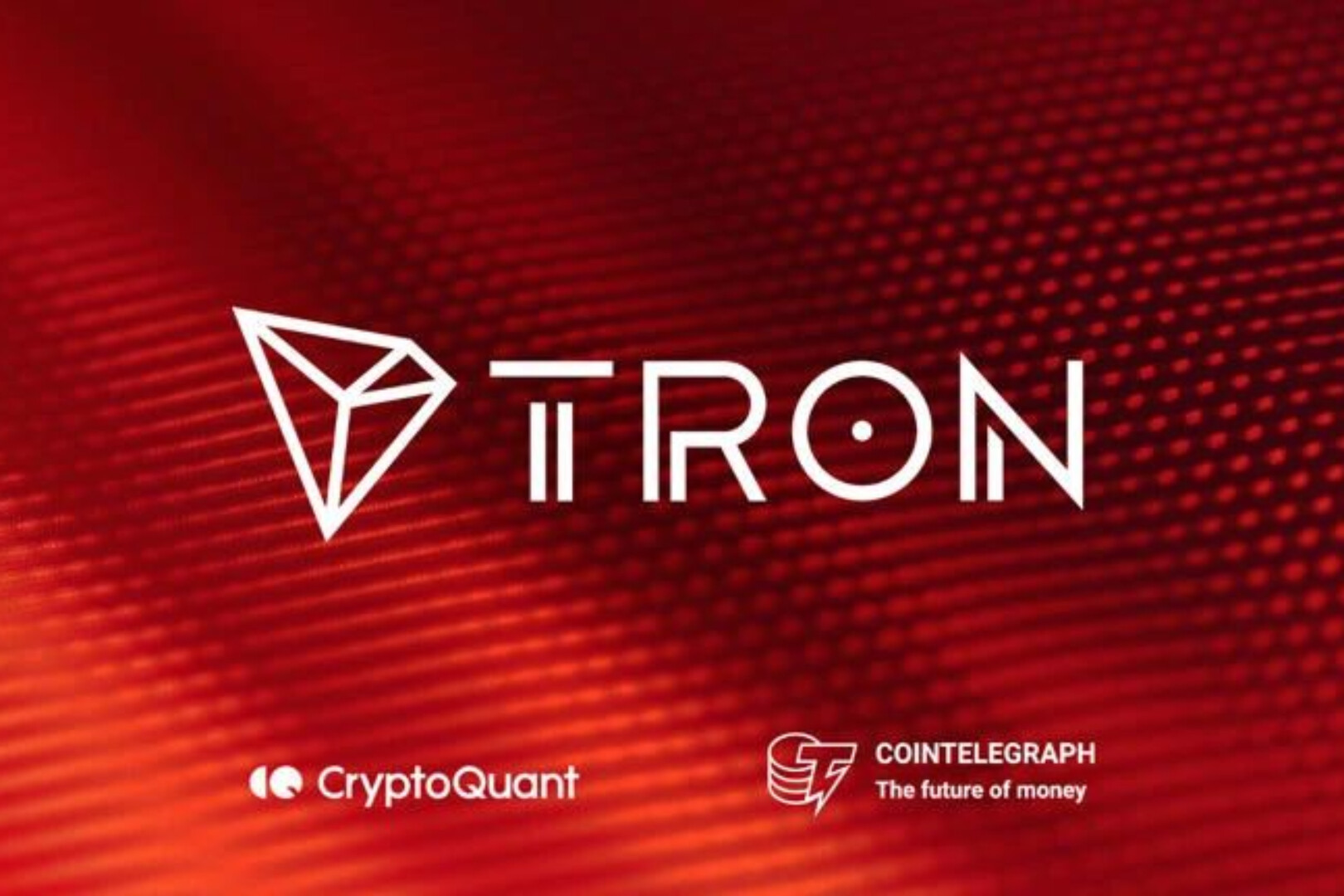
editor's noteeditor's note
: This article is from Toju Ometoruwa, co-founder of startup Pazima. In order to find out why the operators did not buy into the TradeLens platform, although it is backed by Maersk and IBM, he conducted a series of investigations, trying to further explore the feasibility of private and public chains on the basis of summarizing the reasons. The following is the full text of the compilation.
For months, experts have speculated whether blockchain technology could improve efficiency and transparency in large corporations. IBM's partnership with Maersk is one of the most high-profile blockchain examples.
It is reported that this platform called TradeLens was officially launched in August. Based on blockchain technology, the platform records all transactions on the network, and each transaction party can obtain access to real-time data.
secondary title
More than October, or grandstandingBlockchain technology and the shipping industry might seem like a natural fit, but recent news suggests the venture, despite its giant backing, is still fraught with difficulties.
Ten months after its launch, the TradeLens platform has only attracted Pacific International Lines (PIL) airlines.
As Marvin Erdly, head of TradeLens, puts it, it's not enough. "It's no exaggeration, onboarding other large carriers is an absolute must for TradeLens."
Why do most shipping companies refuse to join the new system? The answer is simple, competition. TradeLens has attempted to address this issue by rebranding the arrangement as a "joint partnership," making it seem more neutral than the platform originally was. But in fact, Maersk and IBM still own all the intellectual property rights of TradeLens.The problem is that Maersk's competitors are worried that after joining the platform, they will not be able to "balance the water" and have doubts about the ownership of intellectual property rights. The heads of shipping companies CMA CGM (ranked third) and Hapag-Lloyd (ranked fifth) have publicly refuted the blockchain-based solution.
CMA CGM General Manager Peter Wolf said,
Technically, this solution may be a good platform, but it needs to be adjusted to become an industry platform, rather than Maersk and IBM alone. This is also the weakness of many blockchain projects. Each project is claiming that it provides an industry platform in which the control is in its own hands. Obviously, this contradicts the characteristics of the decentralized blockchain.
Traditional centralized organizations still need the control needs of centralized systems, and this is precisely the main obstacle for enterprises to adopt blockchain technology.
At present, the fundamental problem faced by traditional industries is that they are unwilling to fully accept blockchain, and enterprises have built practical solutions through centralized structures. Under this structure, data information storage and service management are controlled by a single central organization.
Nasdaq plans to use blockchain technology for shareholder meetings and the issuance of private company stocks; Microsoft and IBM try to use blockchain technology to help companies improve their supply chain processes; traditional financial institutions hope to establish a licensed distributed Ledger for more efficient and secure transfer of funds between institutions.
Traditional institutions seem to have a positive attitude towards blockchain technology, but most of them emphasize the use of private chains that only involve internal business participants, rather than public chains that are open, open source, and permissionless.
In this case, the reason why traditional industries are unwilling to join the private chain developed by competitors is obvious.
secondary title
Private chain VS public chain, which one is better?
How do you differentiate between a public "permissionless" blockchain and a private "permissioned" blockchain? The main difference is who is allowed to participate in the network. The main motivation for traditional industries to test blockchain technology is to try to use this technology to create a shared and immutable distributed ledger between different departments or subsidiaries, or between the company and other partners.
The nodes participating in the private chain have only a limited range, such as the own users of a specific organization, etc., and the access and use of data have strict authority management. In a completely private blockchain, the right to write is only in the hands of the participants, and the right to read can be open to the outside world or restricted to any extent.
Since it is a private user who decides the transaction, the data in it does not have the characteristics that cannot be tampered with, that is, it still maintains the centralization. While third-party assurance is greatly reduced, it also curbs the use of token incentives to encourage more participants to join and build the network.
Compared with the limited node scope of the private chain, the public chain covers users as much as possible and tries to build a global developer community. Typical applications of public chains include Bitcoin, Ethereum, etc., which are operated by thousands of developers around the world and confirm transactions by using consensus mechanisms such as proof-of-work (PoW) or proof-of-stake (PoS).
Open public chains may compromise user security, but in reality, private chains are more susceptible to security breaches. The transaction only needs to be verified by a few trusted nodes with high computing power, and does not require the confirmation of tens of thousands of nodes, so the transaction cost will be lower. But these nodes are clustered together, increasing the risk of a single point of failure.
The public chain is more difficult to dismantle. Since the public chain is distributed among thousands of nodes around the world, it requires huge computing power to destroy it.
The main value of blockchain technology is that it allows multiple parties to verify transactions of data, currency, shipping items, etc. to prevent fraud or corruption. The private chain restricts access to public transactions, which means that data can still be hidden in a location that users cannot query, and the data can also be modified.
As a result, these traditional institutions on the sidelines are beginning to find that, lacking a global community as a foundation, it is not so much to operate and utilize blockchain technology, but rather to build a huge database, use Google drive, box or other data sharing tools to achieve information sharing.Since the current blockchain cannot handle a large number of transactions, and most blockchain suppliers do not provide compatible software, industry giants such as Intel and JPMorgan Chase have slowed down or even stranded their respective blockchains.. "They'd rather see someone else fail first — they'd rather not be guinea pigs," said Brian Behlendorf, executive director of Hyperledge's website. "That's the nature of enterprise software."
secondary title
Can profit-driven centralized organizations fully accept public chains?
After analyzing the pros and cons of the public chain and the private chain, the question arises—can these traditional institutions open their minds and fully accept the public chain?
These centralized organizations first need to ask themselves if they are willing to take the risk of joining a truly open source, permissionless blockchain network.https://baike.baidu.com/item/competitive advantage theory/7400334?fr=aladdin"Competitive Advantage"
Theoretical laws governing the market and often extending or circumventing altogether the rules governing the current market system.
The connection status between the participating nodes of the public chain is good, the verification efficiency is high, and the operation can be maintained at a low cost, but this does not mean that the private chain is completely unfeasible. Since the verifiers of the private chain are internally disclosed, there is no potential risk of some verification nodes colluding to carry out 51% attacks. However, if the private chain can exist and develop, it may need to survive the fittest, that is, create a competitive relationship between private chains. At the same time, every blockchain network must contain a small subset of businesses that are fully governed by the network's coding rules.
It can be seen that there are still similar phenomena in the traditional industry structure in the blockchain field. For example, the "competitive advantages" of traditional free markets also exist between blockchain protocols (Ethereum, EOS, NEO, etc.), but within each blockchain protocol, while participants collaborate with each other, there is also a Competition set of coding rules. The formulation of these rules is not to consider the interests of every participant, but to prioritize the healthy operation of the network.
Perhaps in the future, shipping giants such as Maersk, CMA CGM, PIL and Hapag-Lloyd will no longer have the right to speak in the same blockchain solution, and some smaller shipping companies can also join the blockchain network equally and independently to go. The entire industry unites to develop solutions for the industry to ensure that blockchain technology is properly implemented.
In other words, in the current market system, traditional competitive advantages still exist. Although it is difficult for the blockchain network formed by some small shipping companies to compete with the giants, they can barely gain a foothold. Under this system, the second and third operators in the industry still do not give up any control over the first enterprise. At the same time, the adoption of blockchain technology can create greater efficiency and transparency among competitors, allowing them to compete in a more level industry environment.





